Combining worms and biochar has big potential for soil health
In the dry, rugged hills of Eastern Montana, third-generation rancher Steve Charter has managed to carve out a living practicing his own brand of regenerative agriculture. It starts with caring for his soil at a microscopic level to help the rest of the food chain flourish. His current prize crop is an animal that no livestock grower would think to raise, but one that’s essential for a healthy ecosystem: worms.
“I’ve been doing it for about seven years, and we have several worm beds that we feed,” Charter said. “We’re focusing more on what’s going on under the soil than on the surface–that’s where all the really new exciting ideas are happening.”
Adding New Life to the Land
Charter isn’t using the worms themselves–more what they leave behind. Vermicast is, simply put, composted worm poop. Their “castings” create a rich black loam packed with beneficial organisms, natural acids and hormones. The worms’ digestive systems break down nutrients like nitrogen and calcium, making them easier for plants to absorb. Vermicast is almost always a net improvement to any soil.
The first thing Charter did with the vermicast was mix it in his water tanks so the cattle would ingest the microorganisms. “It has amazing health and production benefits. It’s almost magic in a way,” he said.
On his family’s ranch north of Billings, Charter is constantly experimenting with ways to add new life to the land by manufacturing biodiversity with a cocktail of unlikely ingredients. Beneficial microbes and fungi are generated through a process that uses vermicast and biochar to infuse tiny life and nutrients into the grassland pastures.
Biochar is a charcoal-like substance and the byproduct of superheated organic matter that can be turned into compost, animal fodder, and even building materials. When used correctly, biochar can pack a punch far above its weight in building soil structure and fertility. Made up of millions of microscopic cells, there is as much surface area in a teaspoon of biochar as in a football field.
“When we do our vermicast or biochar, it passes through the manure and gets charged with all this biological activity,” Charter said. “There are major studies with good data showing that biochar fed to animals has really strong health effects. It’s possible to restore the range by using our animals to spread the biology and get them to do the work for us.”
Plowing, overgrazing, chemicals and invasive species have degraded a range that’s been in constant production since the 1800s. Charter says he has implemented innovative grazing practices since taking over the ranch in the 80s, aiming to recreate the buffalo’s effect on the land.
Soil health isn’t just on the minds of producers like Charter. The National Center for Appropriate Technology (NCAT) is asking Congress to invest in biochar research to provide more insight into its larger-scale applications through the next Farm Bill under the bipartisan Biochar Research Network Act. If passed, the bill will authorize the U.S. Department of Agriculture (USDA) to establish a national-scale research program to test different biochar types in different soils and circumstances. With better research will come innovation and practical tools for farmers, ranchers, foresters, and businesses to lean into biochar as a climate solution.
‘We don’t have to know it all’
Modest and self-deprecating, Charter admits he’s still learning about regenerative agriculture. He says the industry has a long way to go before these practices are used on a large scale, but things are constantly changing. Lingering questions about research and scalability can be answered with more research and government funding from the Farm Bill currently winding its way through Congress.
“There’s a lot of pieces to the puzzle,” Charter said. “Our soil knowledge has really advanced in the last 15 years. To get benefits, we don’t have to know it all. We can just start experimenting. It’s going to take some key research, but I don’t think we need to let that stop us.”

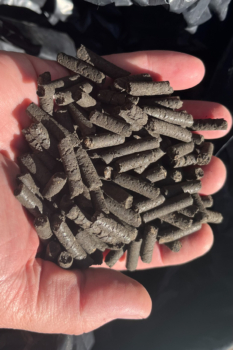 To contend with these issues, the project composts the poultry litter and combines it with biochar made from forest and sawmill waste and poultry litter. The result is a soil conditioner to help farmers build healthy soil and reduce the application of expensive fertilizers that can harm the Arkansas River watershed.
To contend with these issues, the project composts the poultry litter and combines it with biochar made from forest and sawmill waste and poultry litter. The result is a soil conditioner to help farmers build healthy soil and reduce the application of expensive fertilizers that can harm the Arkansas River watershed.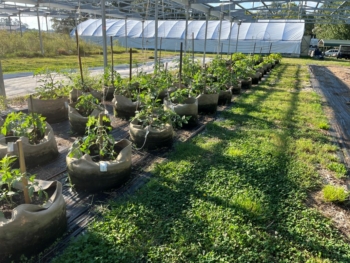 Right now, Hardin is working on securing project funding while creating an 11-acre carbon innovation and demonstration farm that can serve as a research facility for the Carbon Chicken Project—and to get other agricultural partners on board.
Right now, Hardin is working on securing project funding while creating an 11-acre carbon innovation and demonstration farm that can serve as a research facility for the Carbon Chicken Project—and to get other agricultural partners on board.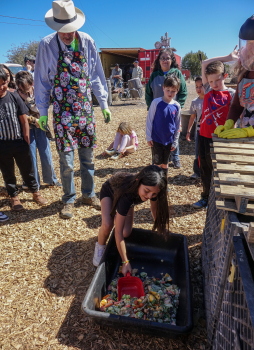
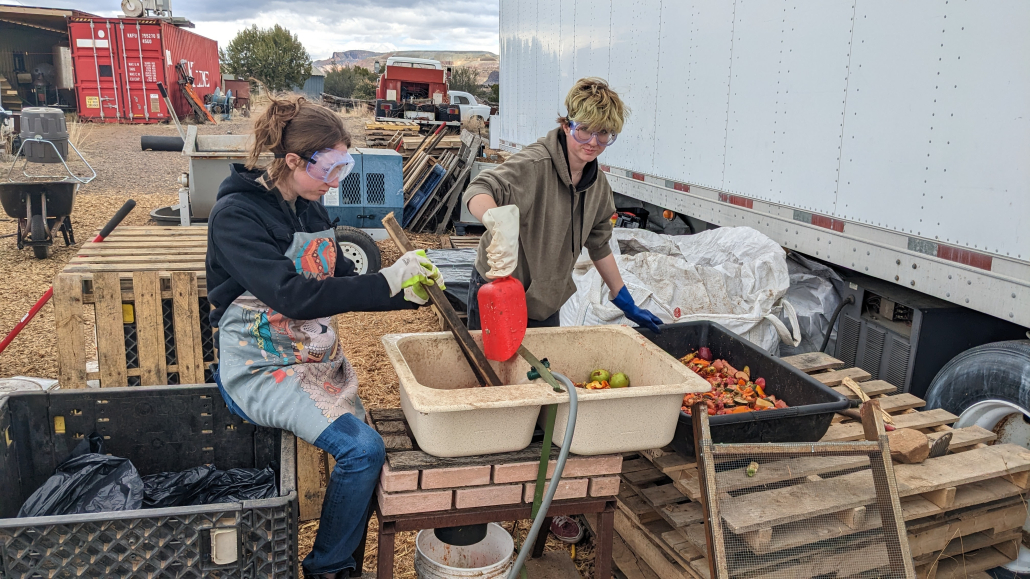
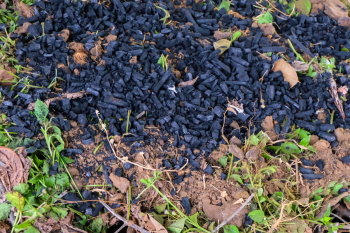 If you have ever stared into the coals of a fire pit, you have witnessed the powerful chemical reaction between heat and organic matter. But what if the blackened remains of a bonfire could be used to grow better food, prevent catastrophic wildfires, and slow the acceleration of climate change?
If you have ever stared into the coals of a fire pit, you have witnessed the powerful chemical reaction between heat and organic matter. But what if the blackened remains of a bonfire could be used to grow better food, prevent catastrophic wildfires, and slow the acceleration of climate change? “We were trying to turn that waste material into an asset, and so my approach changed from making biochar to making heat with biochar as a co-product,” he said.
“We were trying to turn that waste material into an asset, and so my approach changed from making biochar to making heat with biochar as a co-product,” he said.